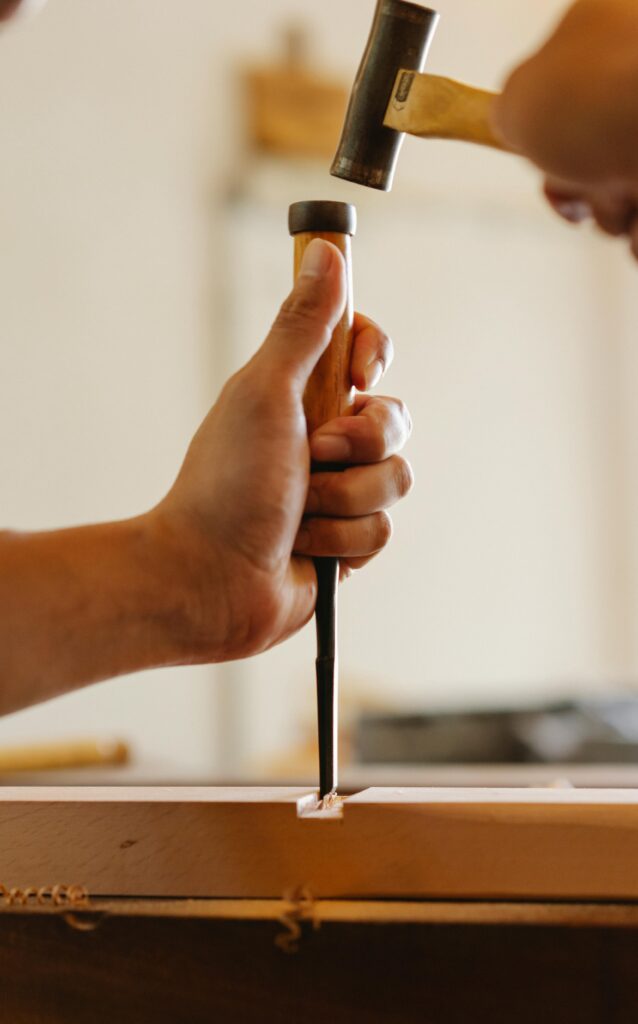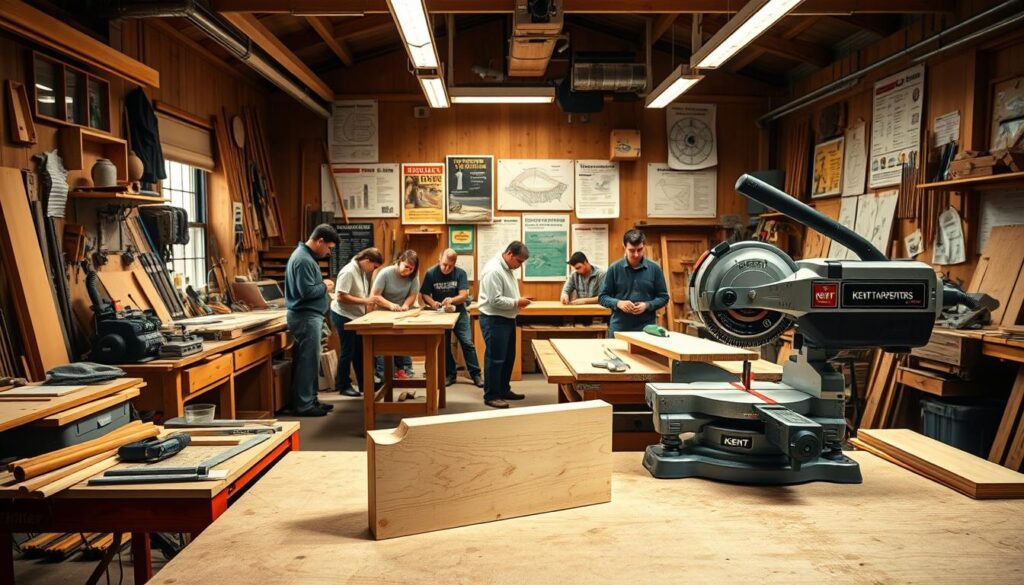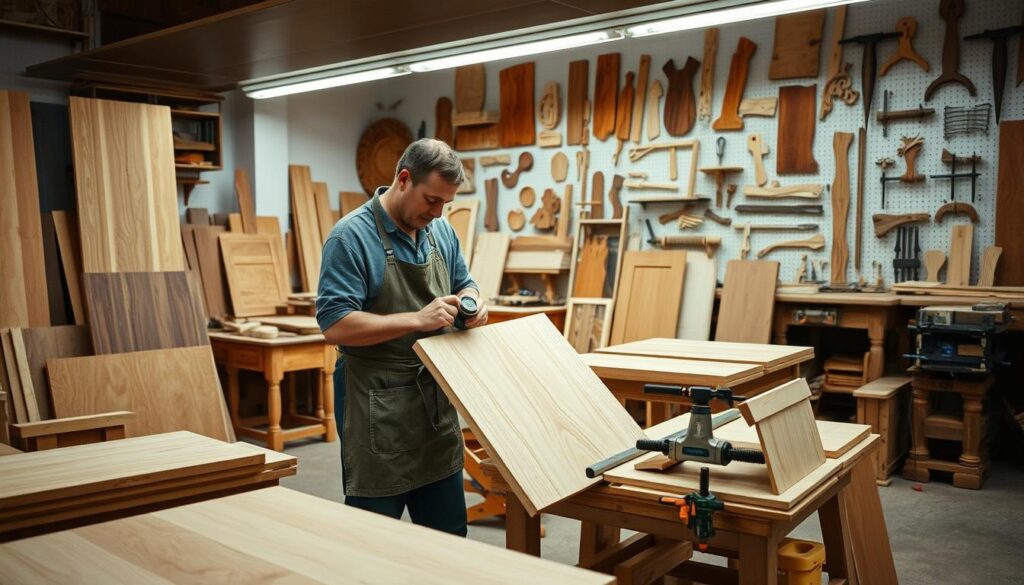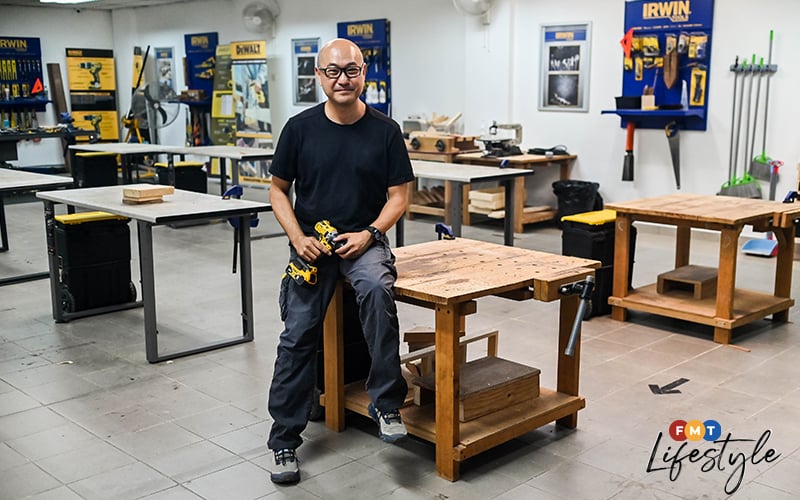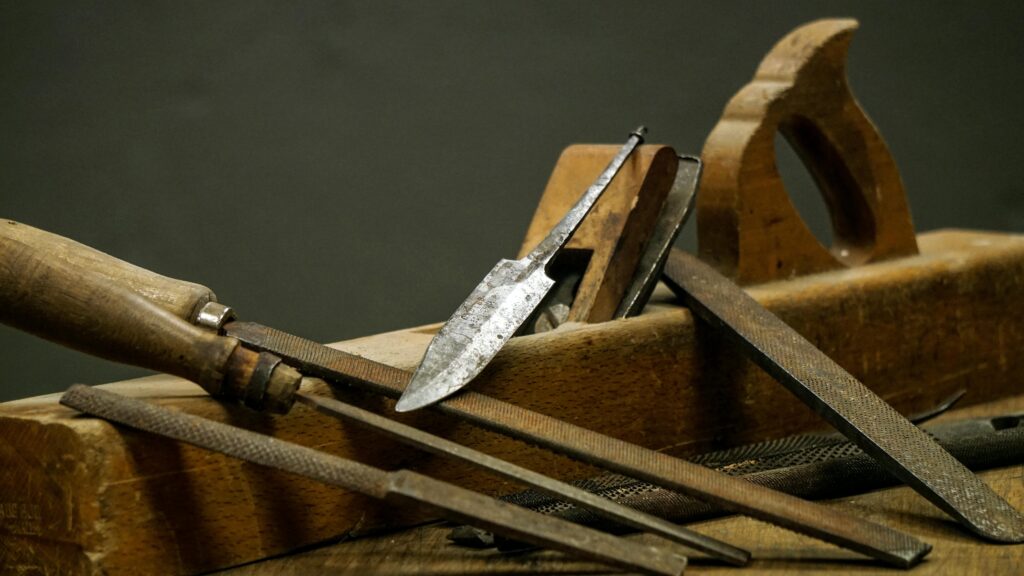What Makes a Carpenter’s Hammer Different from Regular Hammers? Expert Guide Revealed
Ever wondered why a carpenter’s hammer has features that ordinary hammers don’t? The secret lies in its precision-engineered design that masters of the craft swear by. In the world of professional carpentry, having the right tools isn’t just about convenience – it’s essential for delivering exceptional results. A carpenter’s hammer stands apart from regular hammers in several crucial ways, offering features and capabilities that make it an indispensable tool for both professional craftsmen and serious DIY enthusiasts. Understanding the Anatomy of a Carpenter’s Hammer A professional carpenter’s hammer is a masterpiece of engineering, with every component carefully designed for optimal performance. Unlike regular hammers found in basic toolkits, these specialized tools incorporate features that enhance precision, reduce fatigue, and improve overall efficiency. The basic anatomy includes the head, face, neck, and handle, but it’s the specific design elements of each component that set it apart. Head Design and Weight Distribution The head of a carpenter’s hammer is precisely balanced to deliver maximum impact with minimal effort. Professional-grade hammers typically feature heads weighing between 16 to 20 ounces, with the weight distributed to provide optimal striking power. Modern carpenter’s hammers often incorporate these key features: Milled face pattern for superior grip on nail heads, reducing slippage by up to 40% compared to smooth-faced hammers Waffled or serrated striking surface for enhanced nail-driving capability Carefully calculated head-to-handle weight ratio for better control and reduced arm fatigue Side nail pulls for removing nails at awkward angles Handle Types and Materials The handle of a carpenter’s hammer plays a crucial role in its performance and durability. Modern handles utilize various materials, each offering distinct advantages: Hickory wood handles: Traditional choice offering natural shock absorption and classic feel Steel handles: Exceptional durability and perfect for heavy-duty applications Composite handles: Advanced materials providing optimal shock absorption and grip Titanium handles: Ultra-lightweight yet incredibly strong, reducing user fatigue by up to 30% Special Features That Set Carpenter’s Hammers Apart Professional carpenter’s hammers incorporate numerous innovative features that distinguish them from standard hammers. These enhancements significantly improve work efficiency and precision, making them worth the investment for serious woodworking professionals. Magnetic Nail Holders and Strike Faces Modern carpenter’s hammers often feature magnetic nail starters, allowing for one-handed nail placement – a game-changing feature that can increase work efficiency by up to 25%. The magnetic channel typically runs along the head’s length, securely holding nails in position for accurate starting strikes. Ergonomic Considerations Professional carpenter’s hammers incorporate advanced ergonomic features designed for all-day use: Contoured grip designs reducing hand fatigue Anti-vibration technology absorbing up to 70% of impact shock Textured surfaces preventing slippage during use Balanced weight distribution minimizing arm strain Different Types of Carpenter’s Hammers and Their Uses Understanding the various types of carpenter’s hammers is crucial for selecting the right tool for specific tasks. Each type is designed with particular applications in mind, offering optimal performance for different carpentry challenges. Framing Hammers vs. Finish Hammers Framing hammers are typically heavier (20-32 ounces) and feature a straight claw, ideal for demolition and rough carpentry. Finish hammers are lighter (12-16 ounces) with a curved claw, perfect for detailed work and furniture making. The key differences include: Framing hammers: Longer handles (16-18 inches), milled face, straight claw for maximum leverage Finish hammers: Shorter handles (12-14 inches), smooth face, curved claw for gentle nail removal Specialty Options: From Titanium to Traditional The market offers various specialized carpenter’s hammers, each designed for specific applications: Titanium hammers: 40% lighter than steel, reducing fatigue during extended use Japanese carpenter’s hammers: Featuring unique head designs for traditional joinery Dead blow hammers: Containing shot or sand for controlled striking force Left-handed hammers: Specifically designed for left-handed carpenters Making the Right Choice: Professional Insights Selecting the right carpenter’s hammer requires careful consideration of several factors. Professional carpenters typically recommend investing in quality tools that offer durability, comfort, and precision. Key considerations include intended use, frequency of use, and specific job requirements. Quality Indicators and Brand Selection When choosing a carpenter’s hammer, look for these quality indicators: Full-tang construction for maximum durability High-grade steel head with proper hardening Secure head-to-handle attachment Warranty coverage and manufacturer reputation Positive reviews from professional carpenters Investment Value and Long-term Benefits While professional-grade carpenter’s hammers may cost 3-5 times more than standard hammers, their superior quality and durability make them a wise investment. Quality hammers can last decades with proper care, making them more cost-effective in the long run. Maintenance and Care Tips from the Experts Proper maintenance ensures your carpenter’s hammer remains in optimal condition: Clean the head and face after each use Store in a dry environment to prevent rust Regularly inspect the handle for damage Apply linseed oil to wooden handles annually Check head tightness before each use Final Thoughts: Why Quality Tools Matter Investing in a professional carpenter’s hammer is about more than just buying a tool – it’s about investing in precision, efficiency, and safety. For professional carpenters and serious DIY enthusiasts, the enhanced features and superior construction of a proper carpenter’s hammer make it an essential investment that pays dividends in improved work quality and reduced fatigue. When choosing your next hammer, consider the specific requirements of your projects and don’t hesitate to invest in quality – your craftsmanship will reflect the tools you use. FAQ What is the wooden hammer called? A gavel is a small ceremonial mallet/hammer commonly made of hardwood, typically fashioned with a handle. What is another name for a rotary hammer? A rotary hammer, also called rotary hammer drill is a power tool that can perform heavy-duty tasks such as drilling and chiseling hard materials. It is similar to a hammer drill in that it also pounds the drill bit in and out while it is spinning. What is the Old English word for hammer? From Middle English hamer, from Old English hamor, from Proto-West Germanic *hamar, from Proto-Germanic *hamaraz (“tool with a stone head”) (compare West Frisian hammer, Low German Hamer, Dutch hamer, German Hammer, Danish hammer, Swedish hammare). What

